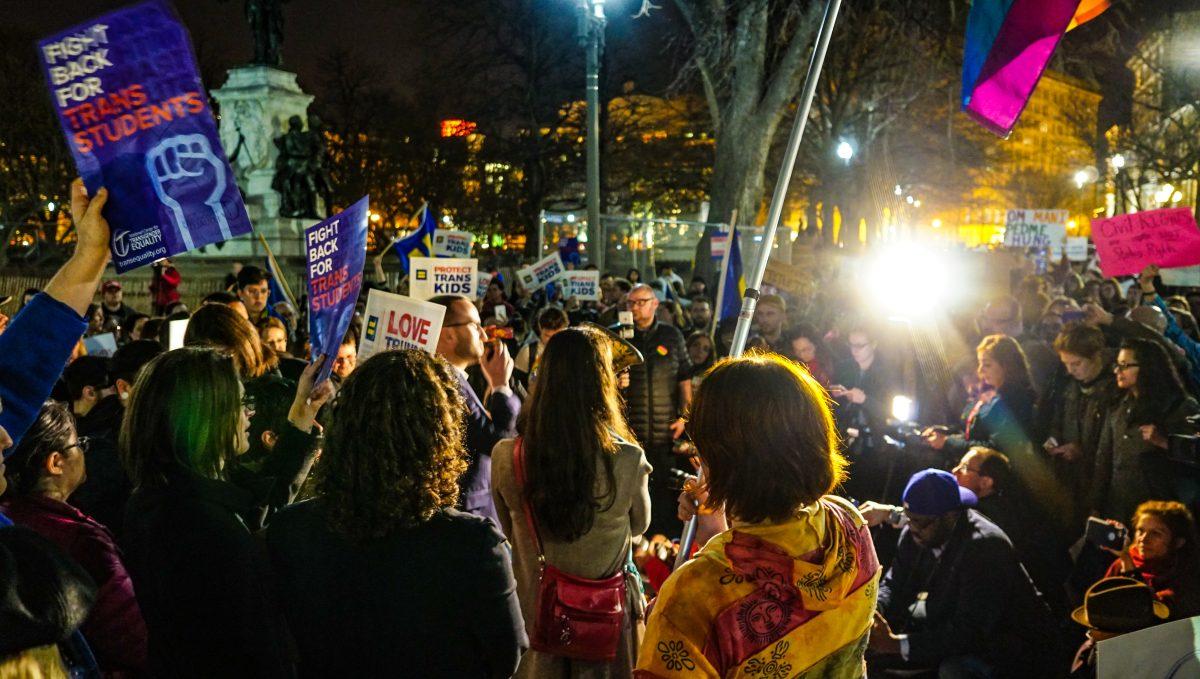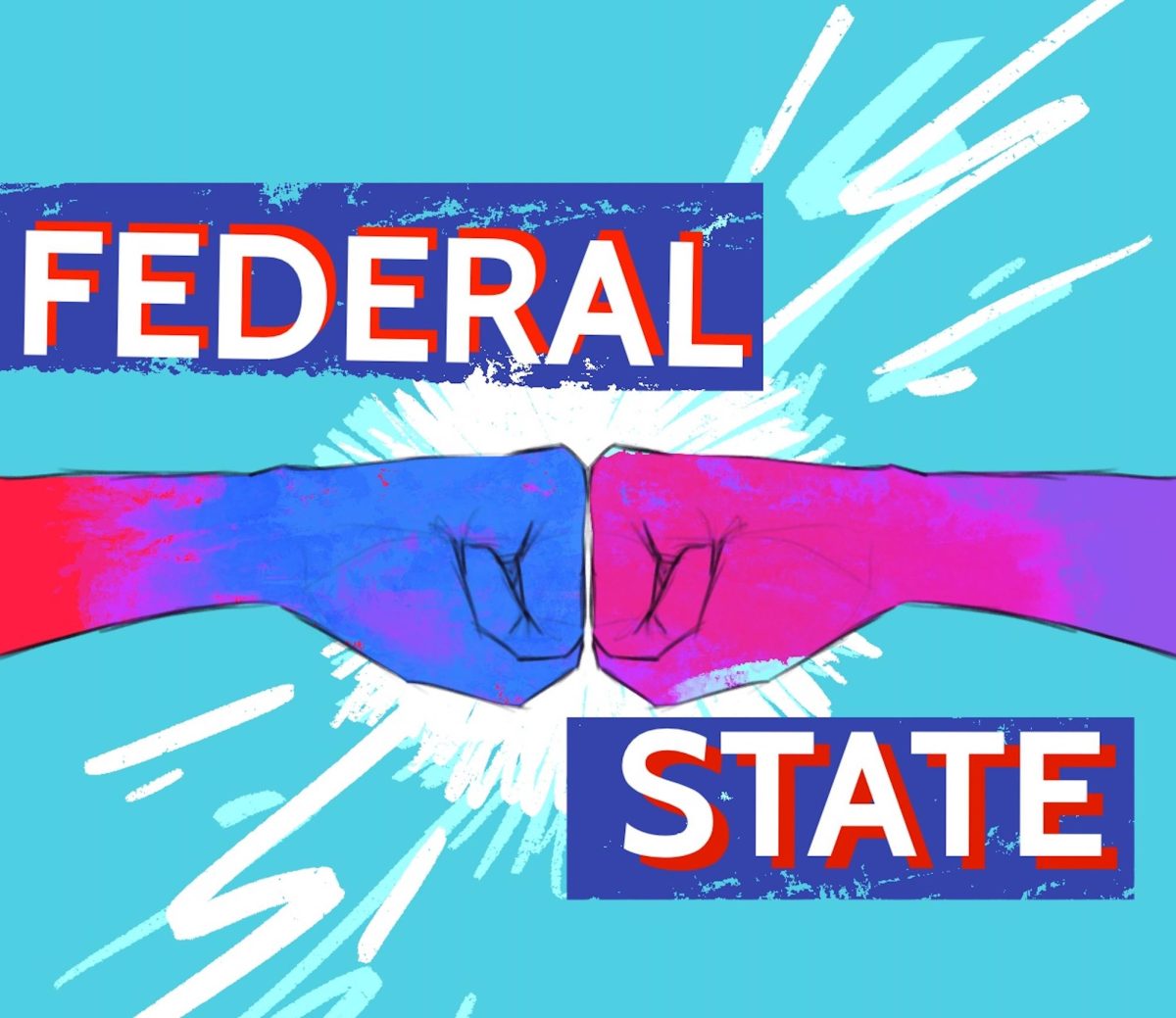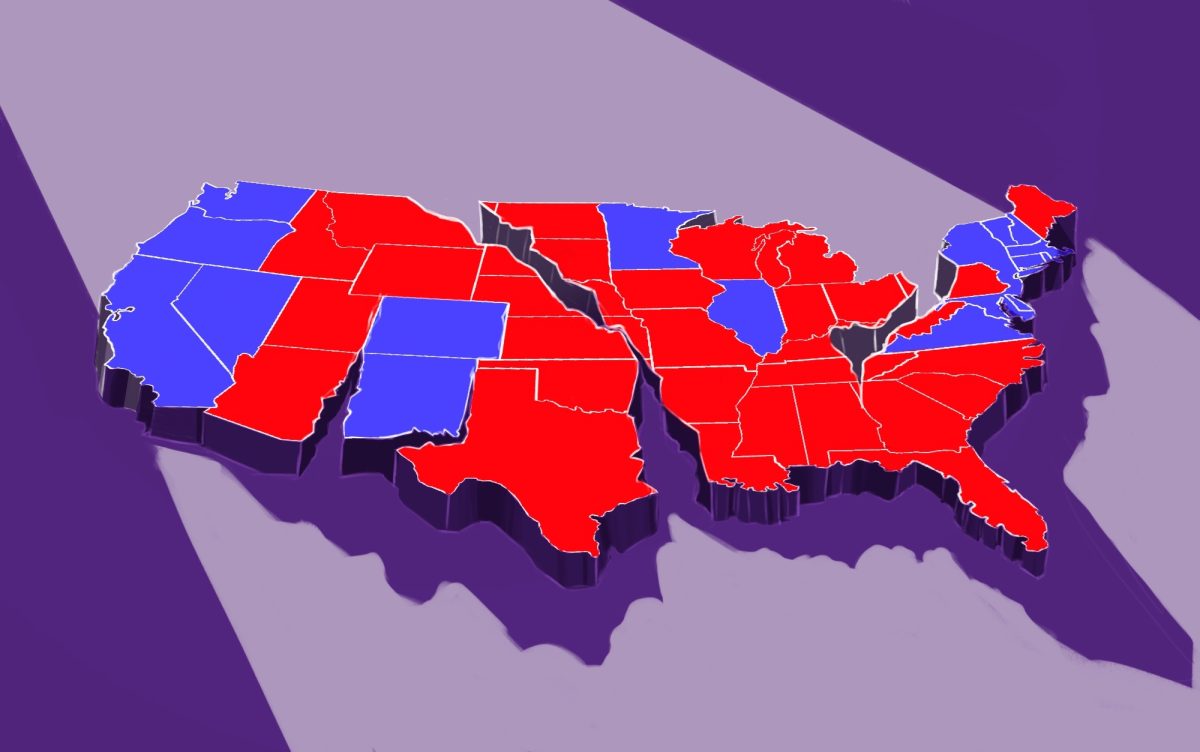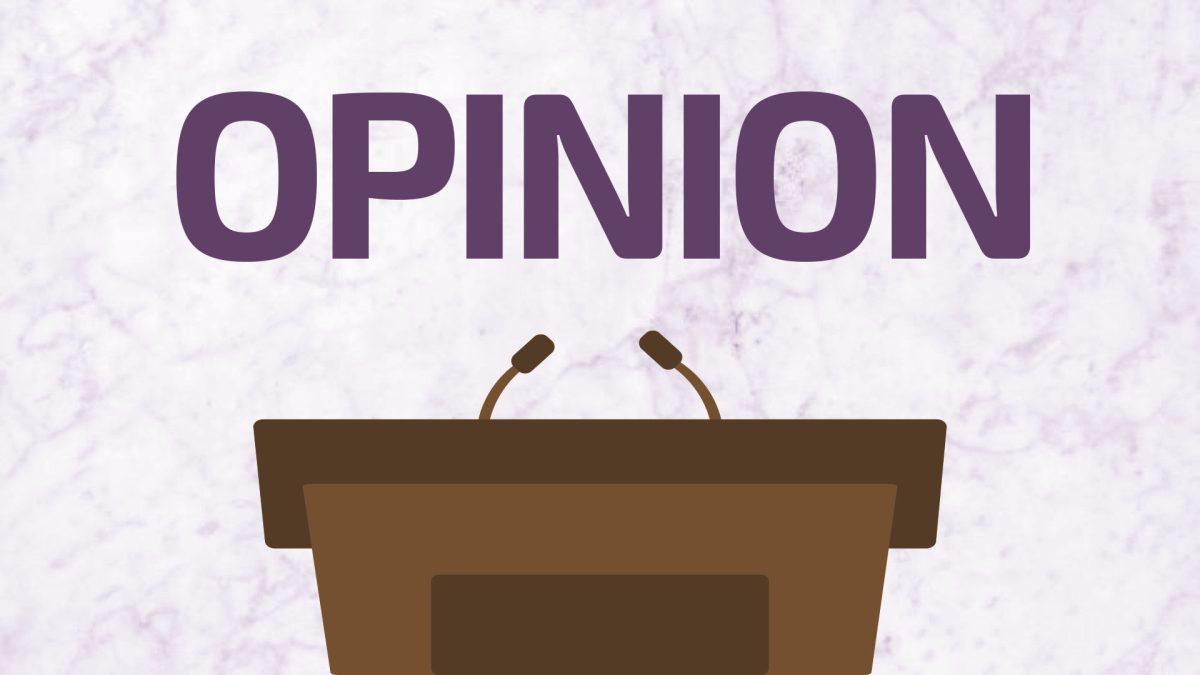On Feb. 22, President Trump rescinded the Obama-era guidance that protected transgender students from discrimination. This occurred despite Secretary of Education Betsy DeVos’ initial reluctance to rescind the guidance. She told Trump that she was “uncomfortable because of the potential harm that rescinding the protections could cause transgender students.”
Despite DeVos’ lack of qualification for this position, I have to agree with her on this front. Essentially, Trump’s choice to rescind this guidance means that it will be up to the states to decide on transgender rights for their schools. While this is not necessarily an issue for blue states such as Oregon, its effects could be disastrous in states that are less welcoming toward their transgender population.
Read an Emerald opinion article about how DeVos could be disastrous for Oregon here.
The reason this has become such a hot-button issue is due to the fact that it involves children. In the right wing’s eye, it’s one thing to protect adults from harassment in bathrooms (the reasoning behind discriminatory bills such as HB2) and another to protect children. Mature adults don’t usually have an issue with sharing a restroom with a transgender person, or people of any gender identity for that matter. In fact, it’s so little of a problem in other countries that there are often bathrooms for all sexes and gender identities. I myself have encountered them both in Canada and in France.
However, this isn’t as simple of a resolution for minors for several reasons. While young children in preschool may not have much of a concept of gender, children hyperfocus on it once they hit puberty, usually in late elementary or middle school. Once children become aware of the differences between the sexes and start to behave according to this awareness, the issue of which bathrooms transgender students should use becomes a little tricky. It’s a matter of balancing the comforts of both transgender and cisgender students to create a safe environment for everybody.
Some transgender students may be comfortable using a single-stall, unisex restroom, a luxury that I was afforded at my high school. Unfortunately, not all schools have such restrooms, and some transgender students may feel uncomfortable using a “special” restroom that seems to be specified for their use. Other transgender students may simply want to use the restroom that corresponds with their gender identity. However, this may confuse other students and make them uncomfortable, regardless of whether they are aware of the transgender student’s gender identity.
While I am a fierce advocate for transgender rights, this is a difficult situation to navigate. The solution that makes the most sense to me is to have a multi-stall, unisex bathroom for any student to use. That way, it is not creating a situation in which students, regardless of their gender identity, would feel uncomfortable if they voluntarily choose to use that restroom.
Although this seems to be the best solution, it would not necessarily be an easy one to implement. Even in states where administration would be willing or obligated by law to allow such accommodations, there is the difficulty of funding either the construction of a new bathroom or the remodeling of an old one. All-in-all, there is no easy solution to accommodate transgender students where minors are concerned.
Locally, it seems that Trump’s decision will not affect the bathroom rights of transgender students. Oregon officials have stated that protections for transgender students will not change. Furthermore, the University of Oregon’s Title IX office reviewed the federal changes and confirmed that the university will not be affected.
Although Trump’s order doesn’t affect students in Oregon personally, it is still important to take action and invoke change. Lambda Legal has some advice on this for teachers and administration, such as raising transgender awareness, allowing transgender students to use their chosen name and pronouns, and having a dress code that respects gender identity. In regards to peers, it is important to use transgender students’ chosen name and pronouns, be respectful of their identity and support them in any way they may need.
As Trump’s presidency progresses, the number of policies we have to battle against increases. In this troubling time, we must remain resilient both as minorities and as allies to other minorities. It is only by banding together and fighting for what we believe in that we may create change for the better.
Follow Logan on Twitter @actually_logan
This article previously stated that a bill protected transgender students from discrimination. It has been corrected to reflect that this was a guidance.
Marks: Trump’s decision to leave rights of transgender students to states creates difficult situation
Jadyn Marks
March 4, 2017
Ted Eytan
Community leaders, parents, kids, doctors and lawyers assemble in front of the White House to protest the non-science based policy of segregating LGBTQ children in public schools based on the schools’ determination of their gender identity. (Creative Commons)
0
More to Discover















